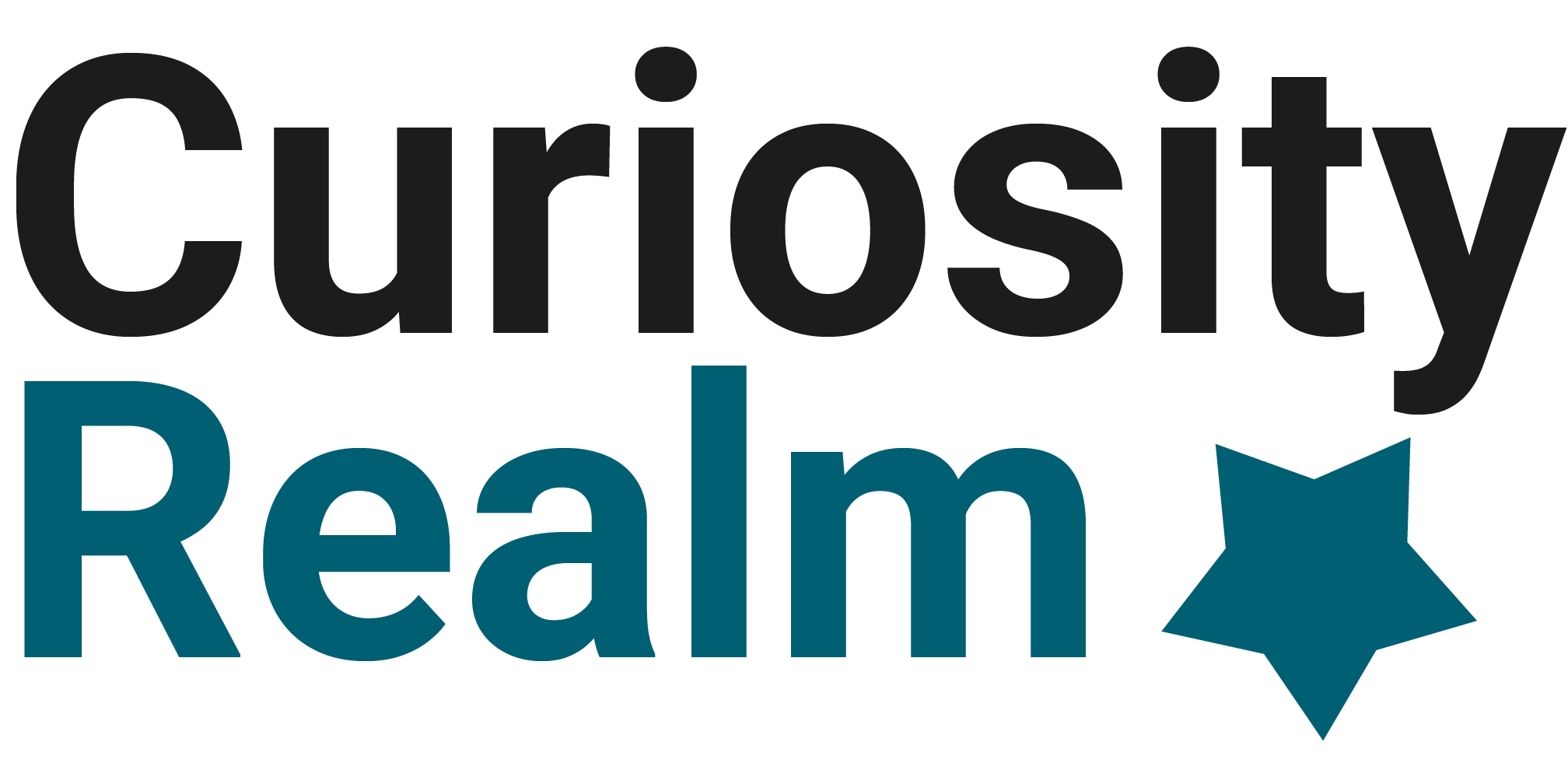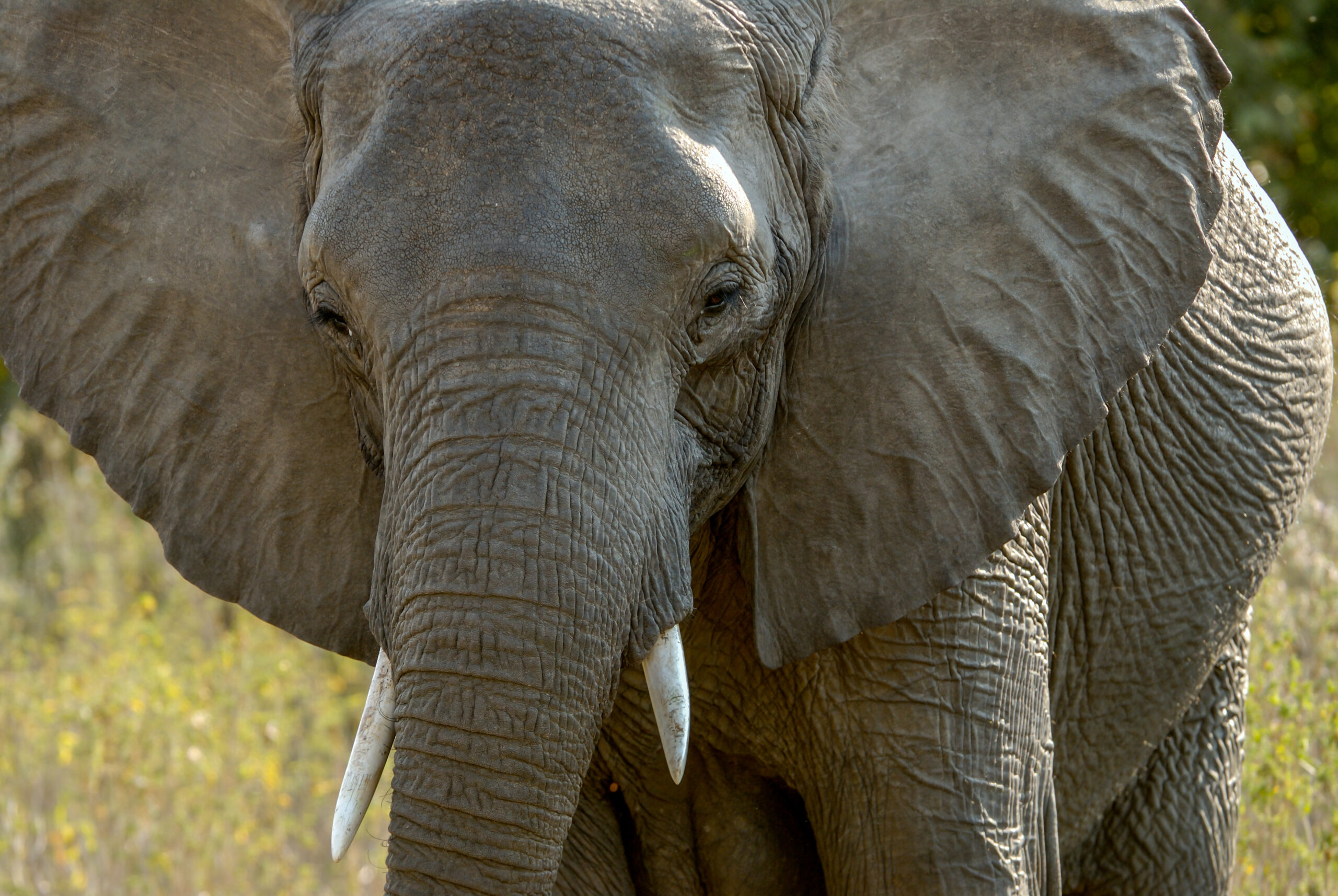Science has always danced on the edge of the known and the unknowable. The thirst for discovery has driven researchers to break conventions, challenge moral boundaries, and, at times, redefine our understanding of reality. Some of these experiments have propelled humanity forward in remarkable ways; others have left scars on our collective conscience. But they all reveal one undeniable truth: progress is born from curiosity—and sometimes, from chaos.

Outline
- The Stanford Prison Experiment: A Glimpse into the Darkness of Human Nature
- The Little Albert Experiment: Fear is a Construct
- The Human Head Transplant That Almost Happened
- The Takeaway: Embracing the Uncomfortable Truths
- FAQs
The Stanford Prison Experiment: A Glimpse into the Darkness of Human Nature
In 1971, psychologist Philip Zimbardo set out to investigate the psychological effects of perceived power. His method? Transforming a group of psychologically stable college students into either prison guards or inmates in a simulated prison environment. Within days, the guards began exhibiting cruel, sadistic behavior, while the prisoners became submissive and psychologically distressed. The study had to be shut down early, but its results were chilling: given the right circumstances, even the most ordinary individuals can become tyrants or victims.
What does this mean for us? It suggests that human nature is more fluid than we like to believe. The roles we assume—in our jobs, relationships, and society—can shape us in ways we never anticipated. But awareness is a form of power. If we recognize the invisible scripts guiding our behavior, we can resist their worst influences and consciously choose who we become.
The Little Albert Experiment: Fear is a Construct
In the 1920s, behaviorist John B. Watson sought to prove that emotions, like fear, could be conditioned. He introduced a baby, known as “Little Albert,” to a white rat, which the child initially found harmless. Then, Watson began pairing the sight of the rat with loud, frightening noises. Soon, Albert would burst into tears at the mere sight of the rat—or anything resembling it.
This experiment laid the foundation for behavioral psychology, but it also revealed a fundamental truth about fear: it is learned. And what is learned can be unlearned. Many of the fears that hold us back—whether public speaking, failure, or change—are not inherent but conditioned. This realization is liberating. If fear is merely a construct, then so too is courage. We can teach ourselves to be brave, just as we were once taught to be afraid.
The Human Head Transplant That Almost Happened
In the 1950s, Russian scientist Vladimir Demikhov performed shocking surgeries, including transplanting an entire dog head onto another dog’s body. Incredibly, both heads remained alive for a short time, reacting to stimuli independently. While his research contributed to modern organ transplantation, it also raised profound ethical questions: How far should we go in the pursuit of knowledge?
Today, a controversial Italian neurosurgeon, Dr. Sergio Canavero, has claimed that human head transplants are within reach. Whether such a feat will ever be attempted remains uncertain, but the very idea forces us to confront a deeper question: What defines our identity? If our consciousness could be moved to another body, what would that mean for our sense of self? The boundaries between science fiction and reality blur more each day, urging us to rethink who—and what—we truly are.

The Takeaway: Embracing the Uncomfortable Truths
What do these experiments teach us? They expose the malleability of human nature, the construct of fear, and the unsettling possibilities of scientific progress. More importantly, they remind us that the pursuit of knowledge is not just about technological advancement but about self-awareness and ethical responsibility.
Every day, we conduct our own personal experiments. We test our limits, navigate social roles, confront fears, and adapt to new realities. The question is: are we passive subjects in this grand experiment called life, or are we conscious architects of our own evolution?
If fear can be unlearned, if power can be wielded responsibly, and if identity is fluid, then we have far more control over our lives than we realize. Perhaps the greatest experiment we can undertake is to step beyond the invisible boundaries that confine us and redefine what is possible—not just in science, but in ourselves.
FAQs
What was the most shocking result of the Stanford Prison Experiment?
The experiment revealed that ordinary people, when placed in positions of power, can quickly adopt abusive behaviors, demonstrating the disturbing ease with which authority can corrupt.
What does the Little Albert Experiment teach us about fear?
It shows that fear is learned rather than innate, meaning that with effort, we can unlearn our fears and recondition ourselves toward courage.
What are the ethical concerns surrounding extreme scientific experiments?
While they push the boundaries of knowledge, many experiments raise serious moral questions about consent, psychological harm, and the unforeseen consequences of playing with the unknown.








